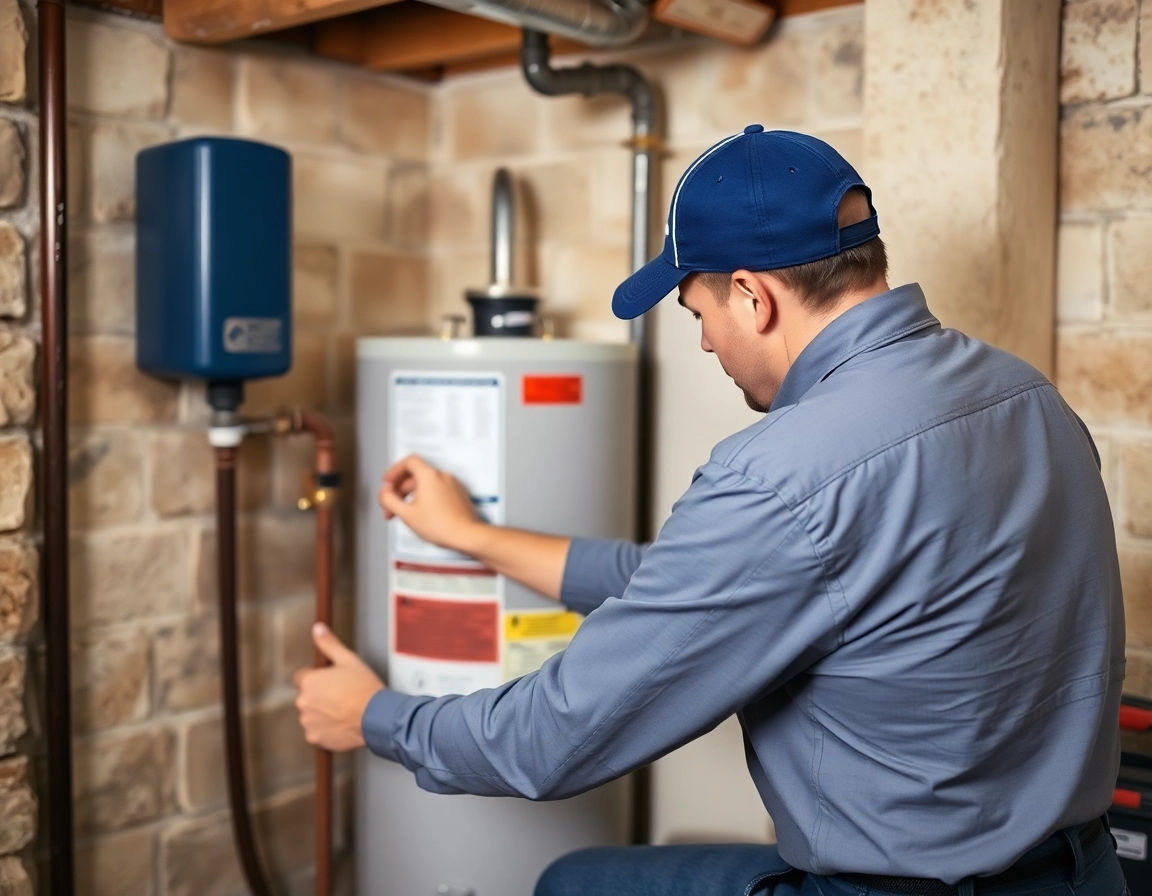
Sump Pump Repair in Chicago, IL
Having sump pump issues in Chicago, IL? Let our team handle the repairs to safeguard your basement from water damage. Call Us At (312) 450-7520

Benefits of Timely Sump Pump Repair
Prevent water damage
Avoid mold growth
Protect foundation
Maintain property value
Ensure basement dryness
Extend pump lifespan
Peace of mind
Your Go-To Plumbing Experts for Your Home or Business
24/7 Customer Service
Sump Pump Repair Services in Chicago, IL
Trust our reliable sump pump repair services in Chicago, IL to keep your basement dry and free from flooding risks. Contact us today at (312) 450-7520








